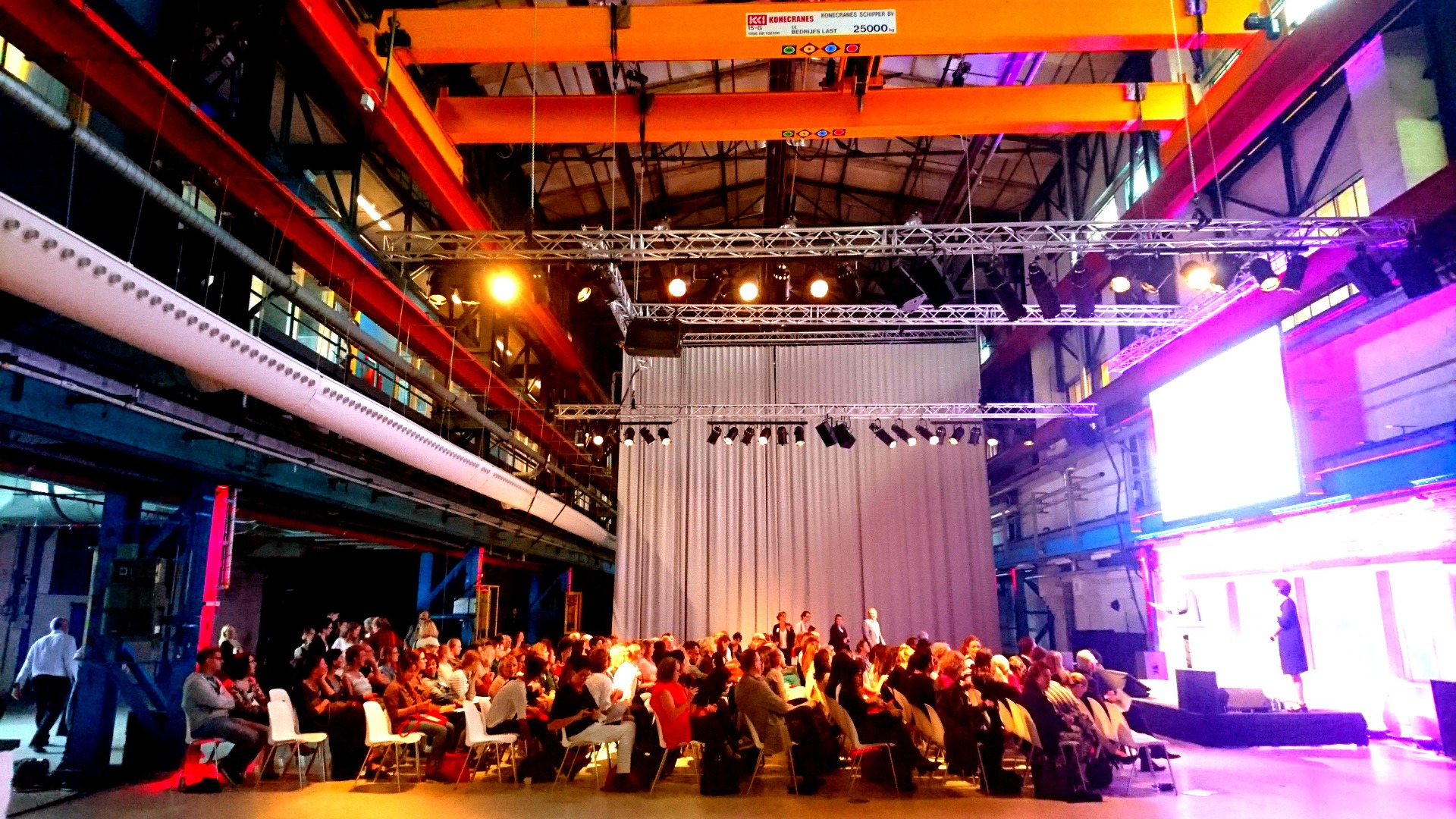2016 Amsterdam Breech Conference
June 30-July 1, 2016
Frank Louwen: Maneuvers for resolving complicated breech birth
Dr. Frank Louwen works at University Hospital of Goethe University, Frankfurt. He just published the results of 747 singleton term breeches (433 planned vaginal, 314 planned cesarean) at his Frankfurt clinic. See Louwen, F., Daviss, B.-A., Johnson, K. C. and Reitter, A. (2016), Does breech delivery in an upright position instead of on the back improve outcomes and avoid cesareans?. Int J Gynecol Obstet.
Knowing the movements of the baby through the pelvis is the most important thing. You compare that to what you see in the actual situation. That's most important thing-speaking of time and maneuvers. Then you know if there is pathology or not.
How can we detect pathology early and deal with it? Breech birth is like a cephalic birth. We just have to compare what is right or wrong. Don't worry about explaining things to yourself. Just know what you expect, what you see, and whether or not it's normal. With that, we are able to say if we can wait or if we need to do something.
When you first see the buttock of the baby, see where it is. Is the baby above or below the inlet? Is the hip above or below the symphysis? If it's below the symphysis, the baby will be born very soon. If it's above, you might have trouble and need a cesarean.
Frank doesn't recommend pushing if there is no contraction. The baby and mother need that time to rest and recover. Don't use fundal pressure without an indication. In an upright position, the umbilical cord is decompressed and perfusion is fine.
Expect and compare. That is the most important thing.
Timing in breech birth: sometimes you have a hard job to just stand there. Complete breech is less physiological than frank breech, so sometimes they are trickier. Is the baby changing to the next position you expect? Sometimes it's slower and you have to wait, if all is happening and the baby has good tone/color. Don't do the Frank's nudge before the next contraction.
Sign of dystocia: baby remaining turned to the side, rather than turned forward. If the mother is upright, the baby shows you that it has a shoulder dystocia. The baby on the left facing forward is normal. The baby on the right has a dystocia with its right arm on the symphysis. If you see that, you know the baby needs help! The child is showing you that there is that problem. If the baby turns facing you, just wait. It will happen.
Louwen's maneuver is used to resolve this dystocia. Frank's nudge is used later on to help flex the head if it doesn't emerge spontaneously. The easiest maneuver for resolving dystocia is "Louwen's maneuver:" you turn the shoulder away. To do it, you turn the baby 180° in the direction that the trapped arm is pointing, then 90° back. This gets the shoulders transverse in the inlet. We do this maneuver to turn the shoulders transverse to the inlet. That's all. The arms might still be above the head after the maneuver, but now that the shoulders are transverse and the baby is in a much better situation. Never pull the baby out. Don't try to get something deeper. Just move it around until shoulders are in a transverse inlet position. Then you can wait again.
Complete breeches often take longer to descend. The first leg creates a conflict in turning through the pelvis. You can use fundal pressure to see if the baby is descending into the inlet or not. But only do it when needed--you might induce the next pathology, such as a shoulder dystocia. Take the time: compare what you expect and what you really get. Always when you do an intervention, be sure you have a pathological situation first.
For Louwen's maneuver, it's easy to move the baby around. You don't need too much power. Take your time. Put your fingers behind the baby's shoulders with your thumbs on the shoulders. Don't move the baby at the hips. You'll be going inside the vagina-don't hesitate but do it slowly and calmly. Don't be afraid. You don't need an episiotomy. Do it a full 180 degrees, not less. If you don't finish the full rotation, it won't work.
Detect the problem and remove the situation.
Based on the outcomes in his Frankfurt clinic, Frank strongly believes that upright breech birth "may provide a physiological advantage to perinatal outcomes compared to the dorsal position. The newly adopted position may decrease manual maneuvers required to extract the body of infants in breech position and resulting birth injuries."
Until now, studies have compared well-defined surgical procedures with undefined procedures in vaginal deliveries. He recommends a RCT comparing upright versus dorsal vaginal breech birth.
Q: You said wait for the next contraction until you do Frank's nudge. But the head is in the pelvis and the uterus provides no pressure.
A: It's still helpful to have the uterus contracting over the fetal head. Without a contraction, you have no push from above. The head is still inside the uterus and without a contraction you have less power.
Q: When you do Louwen's maneuver, you do it in between contractions, not during?
A: Yes. Then once the baby is turned, you wait for the next contraction.
Q: In my experience you need a lot of power to turn the baby.
A: Yes, but it will be easier between contractions.

